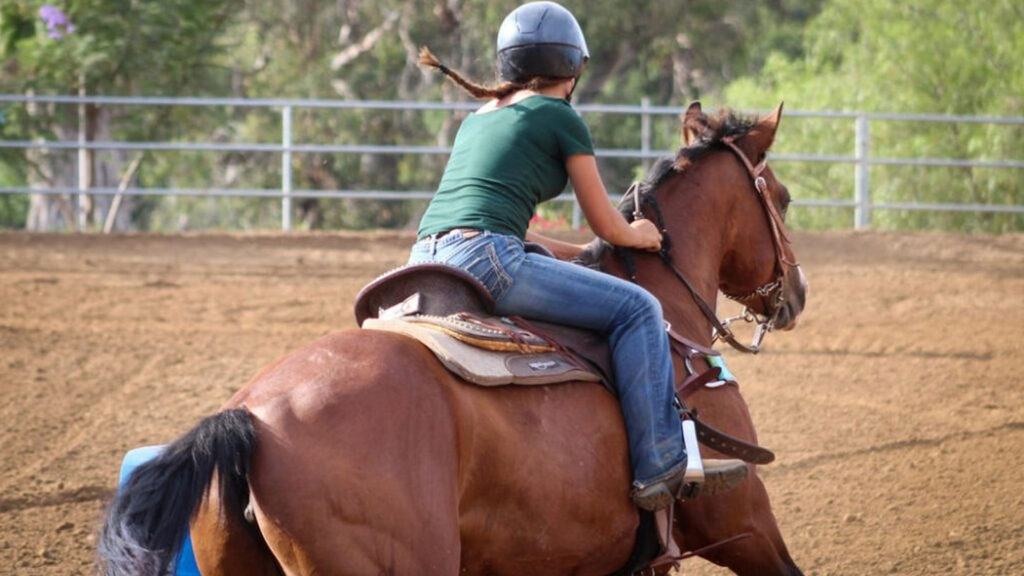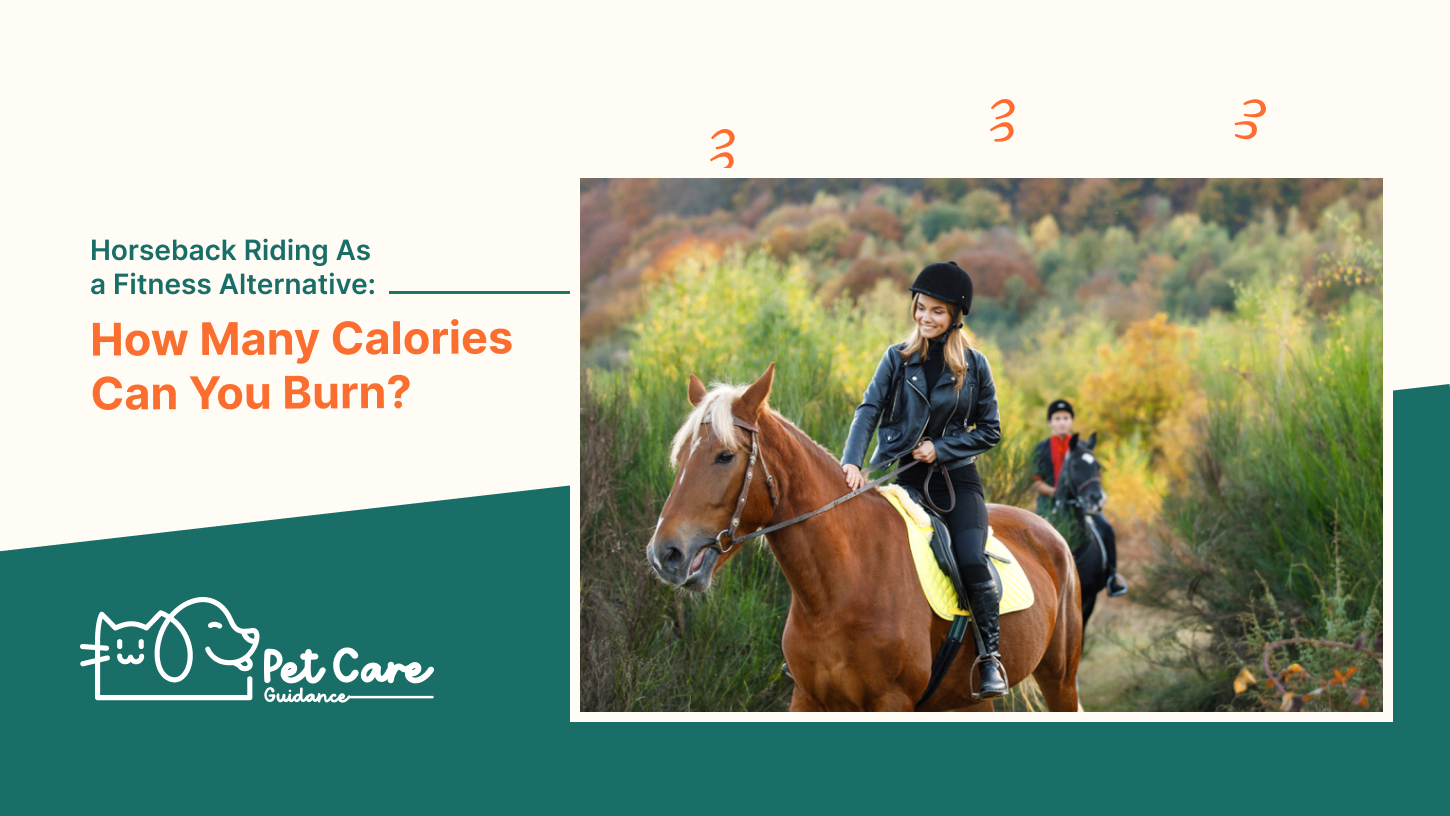Horseback riding can burn a significant number of calories depending on factors such as intensity and duration.
1. The Science Behind Burning Calories With Horseback Riding
The importance of calorie burning for fitness cannot be overstated. Understanding the concept of calorie burning is vital when it comes to achieving weight loss or maintaining a healthy lifestyle. Horseback riding is not only a fun and enjoyable activity but can also be a great way to burn calories.
Several factors can influence the number of calories burned during horseback riding. These include:
- Riding intensity
- Duration of the ride
- Rider weight and body composition
- Horse weight and breed
- Terrain and incline
- Engagement of core and leg muscles
The intensity of the ride and the duration play a significant role in calorie burn. A faster-paced ride or engaging in activities such as jumping or trotting can result in higher calorie expenditure. Rider weight and body composition also affect the number of calories burned, with heavier individuals typically burning more calories.
In conclusion, horseback riding can be an excellent fitness alternative that allows you to enjoy the outdoors while burning calories. By understanding the science behind calorie burning and the factors that influence it, you can make the most out of your horseback riding workouts.
2. Calorie Burn Estimates For Different Types Of Horseback Riding
| Calories burned during leisurely trail riding |
| Horseback riding is a great fitness alternative that can help you burn calories while enjoying the outdoors. During leisurely trail riding, you can burn approximately 200-400 calories per hour depending on factors such as your weight, intensity level, and terrain. The gentle movement of your body along with the horse can provide a light cardio workout and engage various muscle groups. It is a moderate intensity activity that can improve your balance and core strength. |
| Calories burned during trotting and cantering |
| If you engage in more energetic activities like trotting and cantering, you can expect to burn even more calories. Trotting can burn approximately 300-600 calories per hour while cantering can burn around 400-800 calories per hour. These faster-paced exercises increase your heart rate and provide a more intense cardio workout. |
| Calories burned during jumping and dressage |
| Jumping and dressage are high-intensity disciplines that require agility and strength. While jumping can burn around 400-800 calories per hour, dressage can burn approximately 300-600 calories per hour. These activities involve a combination of cardiovascular and muscle-building exercises that help improve overall fitness. |
| Comparing horseback riding with other cardiovascular exercises in terms of calorie burn |
| Horseback riding can be an effective cardiovascular workout depending on the intensity and duration of the activity. Although it may not burn as many calories as some high-impact exercises like running or cycling, it still provides a viable option for those looking for a low-impact fitness alternative that also offers enjoyable outdoor experiences. |

3. Maximizing Calorie Burn During Horseback Riding
When it comes to maximizing calorie burn during horseback riding, there are several techniques you can incorporate. First, incorporating interval training techniques can significantly increase your calorie burn. This involves alternating between periods of high-intensity riding and lower-intensity recovery periods.
Second, adding resistance exercises to your riding routine can help increase the intensity and calorie burn. For example, practicing riding without stirrups or performing exercises such as leg lifts and squats while in the saddle can engage additional muscles and boost calorie expenditure.
Lastly, utilizing proper posture and engaging your core muscles throughout your ride can also help maximize calorie burn. Maintaining a correct riding position and actively engaging your abdominal and back muscles can increase the intensity of the workout and contribute to higher calorie expenditure.
Incorporating these tips into your horseback riding routine can help you burn more calories and make the most out of your fitness alternative.
4. Benefits Of Horseback Riding As A Fitness Alternative
Horseback riding is not only a fun and enjoyable activity, but it can also be a great fitness alternative. One of the benefits of horseback riding is improved cardiovascular health. Riding a horse requires physical exertion and can get your heart rate up, helping to strengthen your heart and improve overall cardiovascular endurance.
In addition to cardiovascular health, horseback riding also helps to increase strength and muscle toning. Maintaining proper posture and balance while riding a horse engages your core muscles, as well as your leg and arm muscles. Over time, this can lead to increased strength and muscle tone in these areas.
Furthermore, riding a horse can enhance balance and coordination. The act of riding requires you to maintain your balance on a constantly moving and shifting surface. This helps to improve your overall balance and coordination abilities.
Lastly, horseback riding provides stress relief and contributes to mental well-being. Being in nature and spending time with horses can have a calming and therapeutic effect, reducing stress levels and promoting mental well-being.
5. Considerations And Precautions For Effective Calorie Burn
Riding a horse can be a great alternative for fitness, providing a unique way to burn calories. However, there are several considerations and precautions to keep in mind to ensure effective calorie burn:
- Understanding your fitness level and choosing appropriate riding intensity: It’s important to assess your fitness level before engaging in horseback riding. Choose a riding intensity that challenges you without risking injury or overexertion.
- Importance of proper warm-up and cool-down routines: Just like any other exercise, warm-up and cool-down routines are crucial to prepare your body and prevent muscle strain or stiffness.
- Taking into account the horse’s fitness level and capabilities: The horse’s fitness level and capabilities also play a vital role in calorie burn. Understand your horse’s endurance and adjust riding duration accordingly.
- Safety precautions to prevent injuries: Ensure you wear appropriate protective gear, such as helmets and riding boots. Follow safety guidelines when mounting, dismounting, and riding to reduce the risk of accidents or injuries.
By considering these factors, you can make horseback riding a safe and effective fitness alternative that can help you burn calories and improve overall fitness.
Frequently Asked Questions Of Horseback Riding As A Fitness Alternative: How Many Calories Can You Burn?
How Many Calories Does 1 Hour Of Horseback Riding Burn?
Horseback riding burns approximately 200-600 calories per hour, depending on factors such as speed, terrain, and rider weight.
What Burns More Calories Walking Or Horse Riding?
Horse riding burns more calories than walking. It is a great exercise for weight loss and offers low impact on joints. In combination with a proper diet, horse riding can be an effective way to shed pounds.
Is Horse Riding Good Exercise To Lose Weight?
Horse riding can help you lose weight when combined with the right diet. It burns calories and is a low-stress exercise for your joints.
Is Equestrian Riding Better Than The Gym?
With the right diet, horseback riding can help you lose weight and is a low stress activity for the joints. It burns calories and provides a great workout, making it an excellent alternative to the gym. Horse riding offers a unique exercise experience.
Conclusion
Horseback riding can be a fun and effective fitness alternative for burning calories. Whether you’re a beginner or an experienced rider, this activity can help you stay fit and healthy. By engaging your core muscles, improving balance, and increasing cardiovascular endurance, horseback riding can burn calories and contribute to weight loss.
So, hop on a horse and enjoy the physical and mental benefits of this unique and enjoyable form of exercise.


